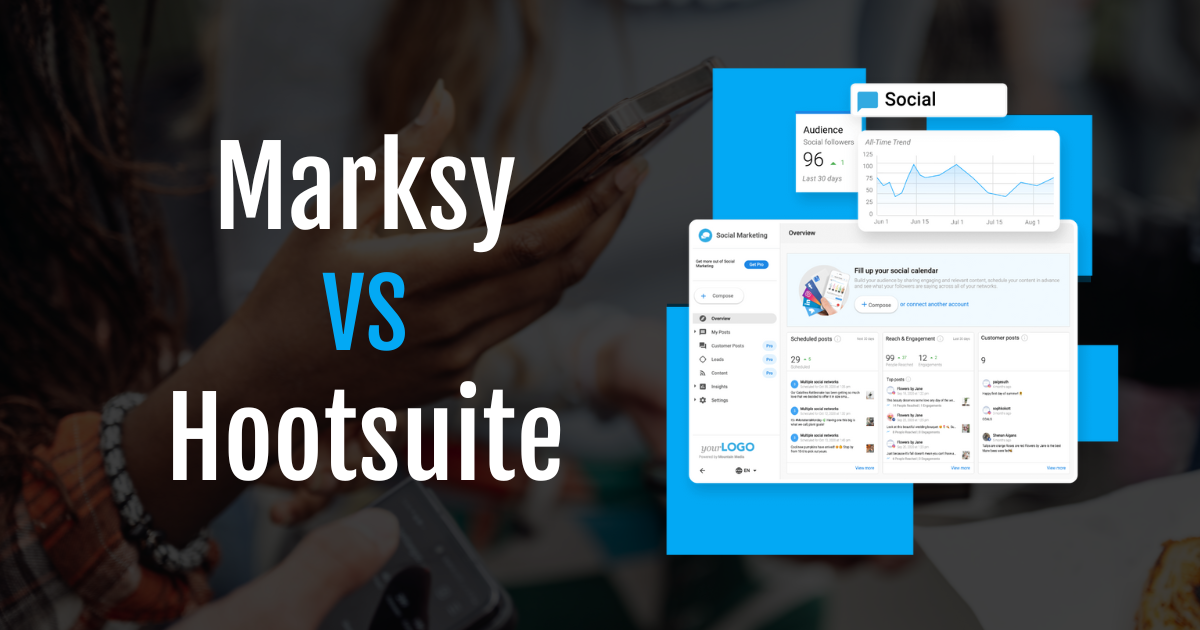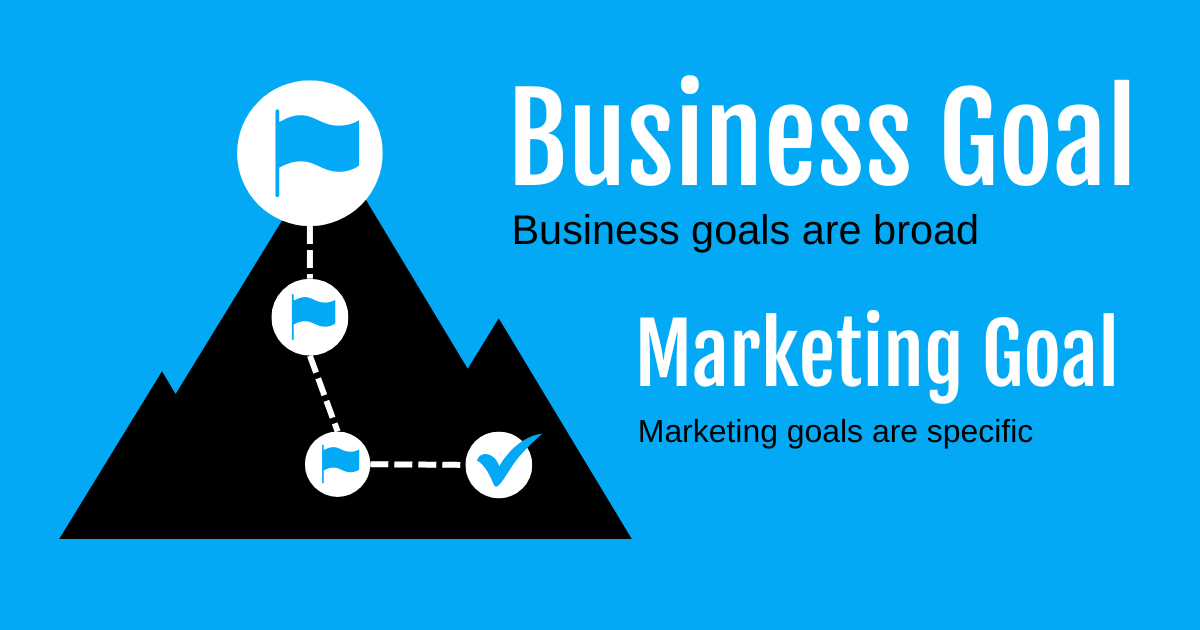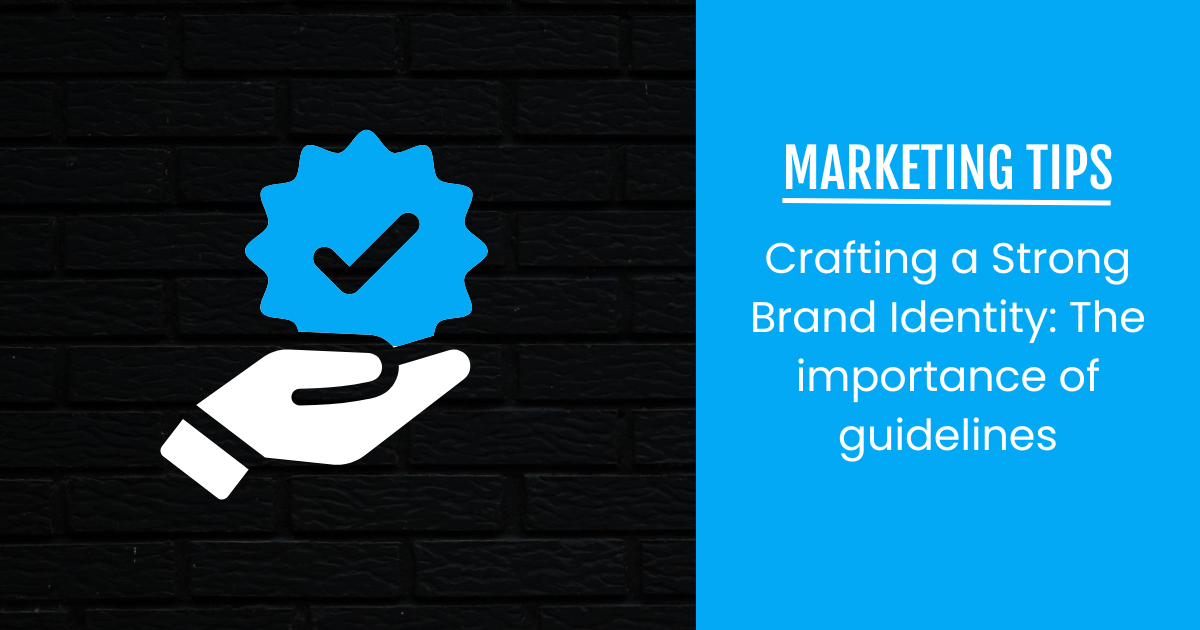By Markskrill
•
January 3, 2025
G'day, legends! Ever notice how some businesses just feel right? Everything from their website to their social media posts, even the way they chat to you, feels cohesive and instantly recognisable. That's the magic of a strong brand identity, and the secret weapon behind it is brand consistency . It's all about making sure every touchpoint with your business reflects the same personality, values, and visual vibe. Think of your brand identity as your business's unique fingerprint or its distinctive voice. And if you want that fingerprint to be clear, or that voice to always sing the same tune, you need a map: clear identity guidelines . What's a strong brand identity, anyway? It's more than just a slick logo or a catchy slogan. A strong brand identity encompasses: Visual elements: Your logo, colours, typography, imagery style. Voice and tone: How your brand "speaks" and sounds. Values and personality: What your brand stands for, its character. Messaging: The core messages you communicate. It’s the entire perception people have of your business, shaped by every single interaction. Why clear identity guidelines are your secret weapon If your brand identity is the personality, then guidelines are the instruction manual for keeping that personality consistent across everything you do. They're dead set crucial for a few ripper reasons: Consistency is king: This is the big one. Guidelines ensure a uniform look and feel across all platforms – your website, social media, emails, print materials, you name it. No more rogue colours or mismatched fonts. Clarity for your crew: They provide a clear roadmap for anyone creating content or materials for your brand, whether it's your internal team or an external designer. Everyone's on the same page, avoiding costly missteps. Efficiency and time-saving: With clear rules, less time is wasted guessing or correcting off-brand creations. It streamlines your workflow. Professionalism shines: A consistent brand projects a polished, trustworthy, and reliable image. It shows you're serious about your business. Boosts recognition: The more consistent your brand presentation, the more memorable and easily recognisable it becomes, strengthening customer recall and loyalty. What goes into cracking brand identity guidelines? A solid set of brand guidelines acts as your comprehensive playbook. It typically covers: Logo usage: How and where your logo can be used, its clear space, minimum size, and approved variations. Colour palette: Specific colour codes (CMYK, RGB, Hex) for your primary and secondary brand colours. Typography: The approved fonts for headlines, subheadings, and body text, including sizes and usage rules. Tone of voice : A description of how your brand communicates – is it cheeky, formal, empathetic, direct? Imagery style: Guidelines for photography, illustrations, and other visual assets that align with your brand. Messaging principles: Key phrases, taglines, and core messages that define your brand's communication. Crafting a strong brand identity, underpinned by clear guidelines, is essential for standing out in today's crowded market. It builds trust, fosters lasting connections, and ensures your business always puts its best foot forward.





